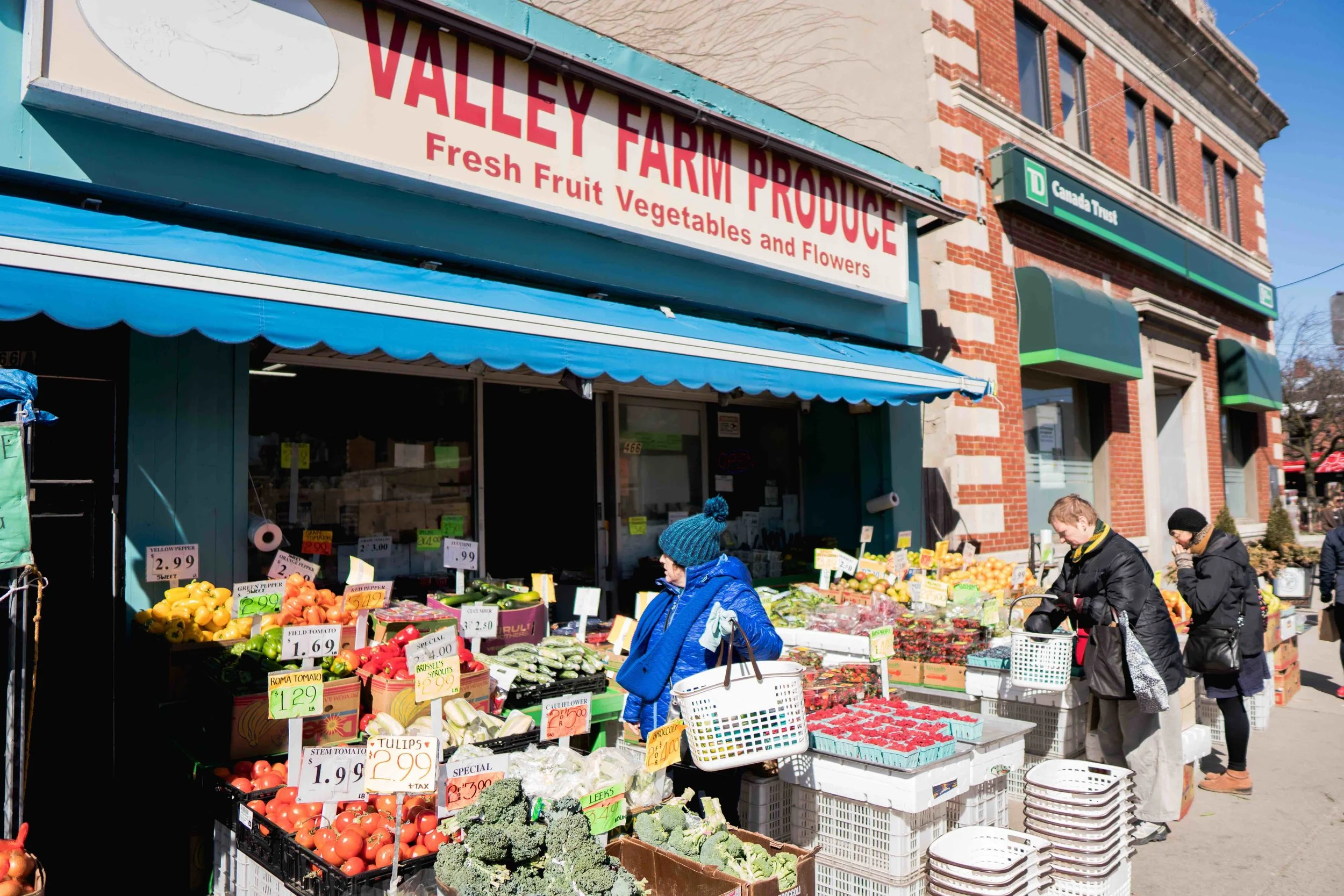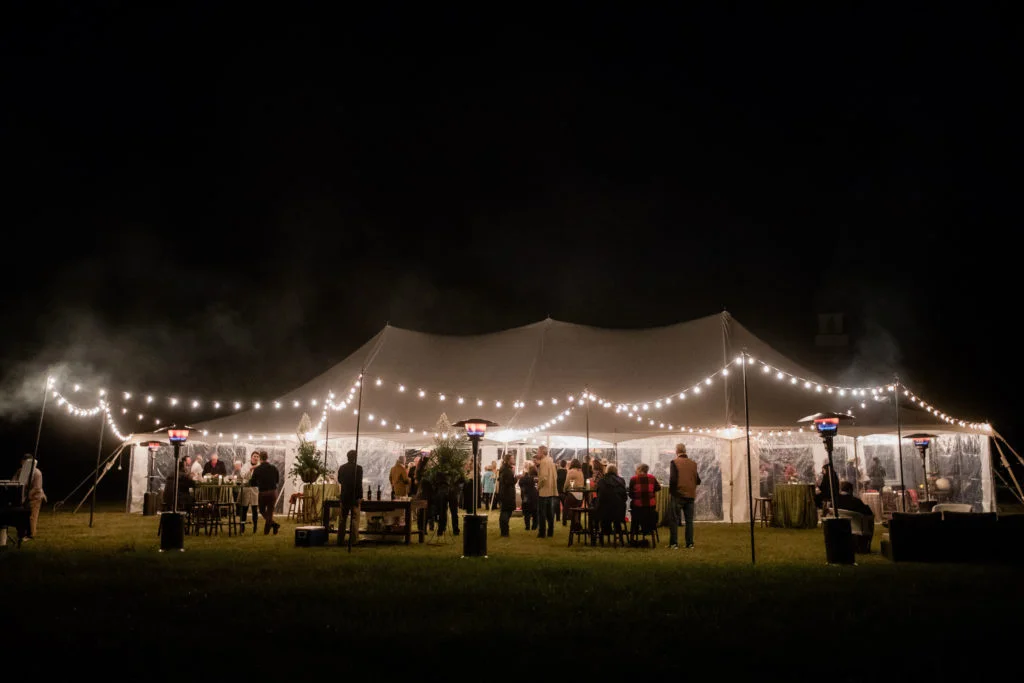The best-laid plans can fail. Knowing that should cause us to think critically about what projects we pursue, how we pursue them, and how we evaluate success.
Read MoreThe way be build towns and cities in North America is a radical departure from how our ancestors did it (even a few generations ago) and how cities are built elsewhere in the world. Here are 7 key differences.
Read MoreThe oldest buildings in your city have endured for a reason. They’re also the ones most likely to be around long into the future. Why not show them a little love?
Read MoreThe recent remake of a classic video game features an unusual setting—an urban slum—and some surprising real-world insights about how people who have nothing build a place that’s worth something.
Read MoreCentralized systems are good at getting us cheap food, cars, and toilet paper—until they’re not. They’re also really bad at isolating deadly outbreaks.
Read MoreThe world’s cities have played host to a lot of human misery over the ages. But they’re also a vehicle for the very best that humanity is capable of. That isn’t going to change.
Read MoreGreat urbanism: if it’s good enough for a vacation, then it’s good enough for everyday life.
Read MoreThe way we grow our cities today produces a few winners and many losers. Here's how to get back to places that serve all of us.
Read MoreWe use the term “development pattern” all over the place at Strong Towns. Here’s your one-stop guide to what we actually mean by that.
Read MoreAll too often, development happens to a neighborhood rather than for a neighborhood or with a neighborhood. “The Neighborhood Playbook” can help.
Read MoreProfessional planners are trained to yearn for tighter urban design controls, as if cities without comprehensive, top-down planning would devolve into chaos and disorder. In reality, cities evolve according to mechanisms that allow us to gradually discover optimal urban design across time.
Read MoreWhen you’re moving about in the world, it’s really hard to appreciate just how much land is devoted to accommodating high-speed car travel—or just how much life we could cram into the same piece of land if we didn’t have to.
Read MoreThe Strong Towns movement offers a template for creating a world we can be justly proud to pass on to our children, in a time in which so many of us feel like we're floundering to salvage the broken one we inherited from our parents.
Read MoreThe most brilliant innovations in building cities are already embodied in the traditional development pattern, a foolproof approach to creating resilient and productive places that was developed the hard way.
Read MoreAncient cities reveal the extent to which humans have co-evolved with their complex human habitats. As we were making our cities, they were making us. And yet we’ve discarded much of this hard-won wisdom of the past.
Read MoreAt Strong Towns, we have a lot of good things to say about the kind of places we built before the automobile era. Does that mean it’s really all just about nostalgia for a simpler time? Hardly.
Read MoreWe hear it everywhere we go: people want, and cherish, the kind of complete neighborhood where you can meet most of your daily needs within a 15-minute walk. What will it take to create more such places in North American cities and towns?
Read MoreOnce ubiquitous, then endangered, the American front porch is making a comeback. From rocking chairs to rock music, a conference near Oxford, Mississippi celebrates the past, present, and future of the surprisingly powerful front porch.
Read More“Sustainable” is a buzzword that often conjures images of technological wizardry aimed at solving environmental problems. But what if our ancestors knew a lot more about sustainability than we give them credit for?
Read MoreA real market urbanism looks like an organic system, where as many distortions as possible are removed and we’re left with irrational, fallible humans transacting with each other as freely as possible. There is good reason to correlate that with the traditional development pattern.
Read More



















